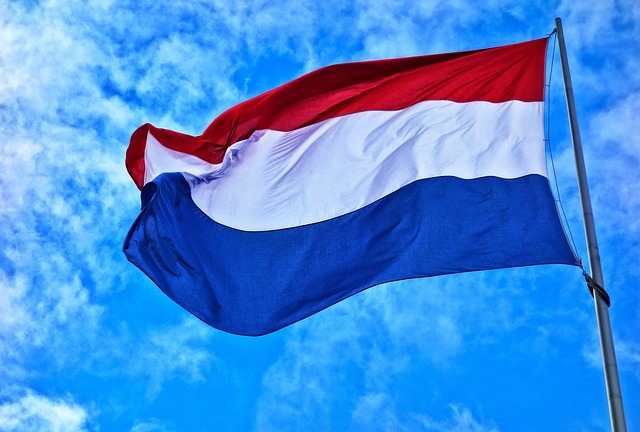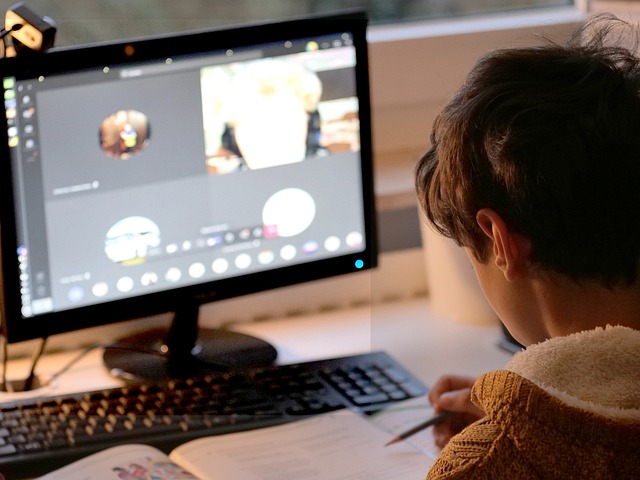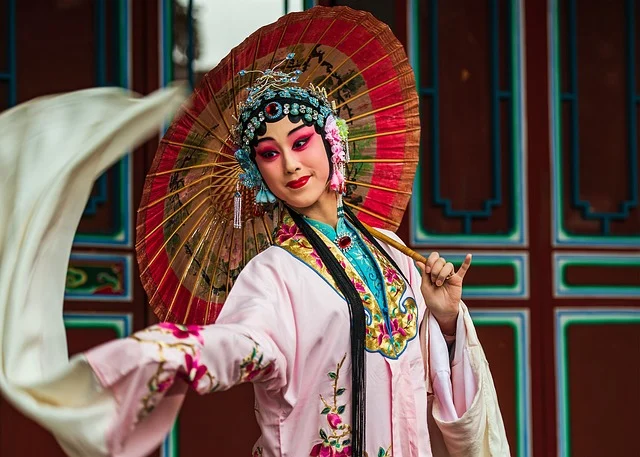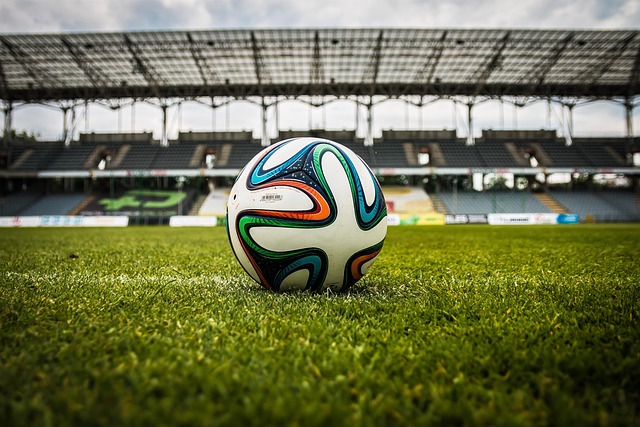Dutch National Holidays and Celebrations: A Journey Through Dutch Culture
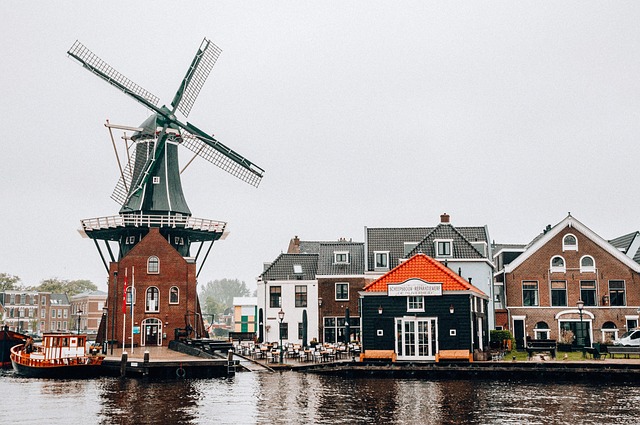
The Netherlands, known for its rich cultural heritage and vibrant traditions, celebrates a variety of national holidays and festivals throughout the year. These events reflect the country’s history, religious beliefs, and communal spirit, offering a unique glimpse into Dutch life. From solemn religious observances to lively folk festivals, Dutch holidays are deeply rooted in tradition and provide an opportunity for both locals and visitors to experience the country’s unique culture. In this article, we will explore the most significant Dutch national holidays and celebrations, highlighting their origins, traditions, and how they are celebrated across the country.
1. King’s Day (Koningsdag) – April 27
Origins and Significance
King’s Day, or Koningsdag, is the most widely celebrated national holiday in the Netherlands. It marks the birthday of King Willem-Alexander and is a day of national unity and celebration. Originally known as Queen’s Day (Koninginnedag), the holiday was renamed in 2013 when King Willem-Alexander ascended the throne.
Celebrations
The entire country turns orange, the national color, in honor of the Dutch royal family, the House of Orange-Nassau. Festivities include:
- Street Markets: People sell second-hand goods, crafts, and food in open-air markets.
- Music and Dance: Live music, DJs, and dance performances take place in public squares and parks.
- Canal Parades: In Amsterdam, boats decorated with orange flags and streamers fill the canals.
- Family Activities: Games, face painting, and other activities are organized for children.
Why Celebrate?
King’s Day is a joyous celebration of Dutch unity and national pride, offering a unique opportunity to experience the country’s festive spirit.
2. Liberation Day (Bevrijdingsdag) – May 5
Origins and Significance
Liberation Day commemorates the end of Nazi occupation during World War II and the liberation of the Netherlands by Allied forces in 1945. It is a day to celebrate freedom and democracy.
Celebrations
Liberation Day is marked by various events and activities, including:
- Freedom Festivals: Concerts and cultural events are held in cities across the country, featuring Dutch and international artists.
- Parades: Military parades and commemorative ceremonies take place to honor veterans and celebrate peace.
- Fireworks: Fireworks displays light up the sky in many cities.
- Reflection: Many people take time to reflect on the importance of freedom and human rights.
Why Celebrate?
Liberation Day is a powerful reminder of the value of freedom and the importance of standing up for democratic principles.
3. Sinterklaas – December 5
Origins and Significance
Sinterklaas, or St. Nicholas, is a beloved figure in Dutch culture, celebrated on the eve of his feast day, December 5. The tradition has its roots in the story of St. Nicholas, a 4th-century bishop known for his generosity.
Celebrations
Sinterklaas arrives in the Netherlands by steamboat from Spain in mid-November, accompanied by his helpers, known as Zwarte Piet (Black Pete). The main celebrations on December 5 include:
- Gift-Giving: Children leave their shoes out, and Sinterklaas fills them with small gifts and sweets.
- Family Gatherings: Families come together to exchange gifts and enjoy traditional treats like pepernoten (spiced cookies) and speculaas (gingerbread).
- Parades: Sinterklaas and his helpers parade through towns, distributing candy and greeting children.
Why Celebrate?
Sinterklaas is a cherished tradition that brings families together and spreads joy during the holiday season.
4. Christmas (Kerstmis) – December 25–26
Origins and Significance
Christmas in the Netherlands is a time for family, reflection, and celebration. While it has religious roots, many Dutch people celebrate Christmas as a secular holiday.
Celebrations
Dutch Christmas traditions include:
- Family Dinners: Families gather for festive meals featuring dishes like roast beef, duck, or gourmetten (a DIY tabletop grill).
- Gift-Giving: Some families exchange gifts on Christmas Eve, while others wait until Christmas Day or Boxing Day (December 26).
- Church Services: Many people attend midnight Mass or Christmas Day services.
- Decorations: Homes and streets are adorned with lights, Christmas trees, and festive decorations.
Why Celebrate?
Christmas in the Netherlands is a time for warmth, togetherness, and celebration, offering a cozy respite during the winter months.
5. New Year’s Eve (Oud en Nieuw) – December 31
Origins and Significance
New Year’s Eve, or Oud en Nieuw, is a time for reflection and celebration as the Dutch bid farewell to the old year and welcome the new one.
Celebrations
Dutch New Year’s Eve traditions include:
- Fireworks: Spectacular fireworks displays light up the sky at midnight, and many people set off their own fireworks.
- Oliebollen: These deep-fried dough balls, often filled with raisins, are a traditional treat enjoyed on New Year’s Eve.
- Parties: People gather with friends and family for parties, often featuring music, dancing, and champagne toasts.
- Television Specials: Many Dutch people watch annual comedy shows and retrospectives on TV.
Why Celebrate?
New Year’s Eve is a festive and joyous occasion, offering a chance to celebrate new beginnings with loved ones.
6. Easter (Pasen) – Dates Vary
Origins and Significance
Easter is a major Christian holiday in the Netherlands, commemorating the resurrection of Jesus Christ. It is celebrated with a mix of religious observances and secular traditions.
Celebrations
Dutch Easter traditions include:
- Church Services: Many people attend Easter Sunday services.
- Easter Eggs: Children participate in Easter egg hunts, and eggs are often dyed and decorated.
- Family Meals: Families gather for festive meals featuring dishes like lamb, ham, and paasstol (a sweet bread filled with almond paste and raisins).
- Spring Festivals: Many towns and villages host Easter markets and fairs.
Why Celebrate?
Easter is a time for renewal and celebration, marking the arrival of spring and the promise of new life.
7. Carnival (Carnaval) – Dates Vary
Origins and Significance
Carnival, celebrated in the southern provinces of the Netherlands (particularly Limburg and North Brabant), is a festive period leading up to Lent. It has roots in pre-Christian traditions and is a time for revelry and satire.
Celebrations
Carnival festivities include:
- Parades: Colorful parades featuring elaborate floats, costumes, and music take place in towns and cities.
- Costumes: People dress up in creative and often humorous costumes.
- Music and Dance: Brass bands and DJs provide music for dancing and celebration.
- Street Parties: Public squares and streets are filled with revelers enjoying food, drinks, and entertainment.
Why Celebrate?
Carnival is a time for fun, creativity, and community spirit, offering a lively and unique cultural experience.
8. Remembrance Day (Dodenherdenking) – May 4
Origins and Significance
Remembrance Day is a solemn occasion to honor the victims of World War II and other conflicts. It is observed on the eve of Liberation Day.
Celebrations
Remembrance Day is marked by:
- Two Minutes of Silence: At 8:00 PM, the entire country observes two minutes of silence to honor the fallen.
- Commemorative Ceremonies: Wreaths are laid at war memorials, and speeches are given to reflect on the importance of peace and remembrance.
- National Ceremony: The main ceremony takes place at the National Monument on Dam Square in Amsterdam, attended by the royal family and political leaders.
Why Celebrate?
Remembrance Day is a poignant reminder of the sacrifices made for freedom and the importance of peace.

